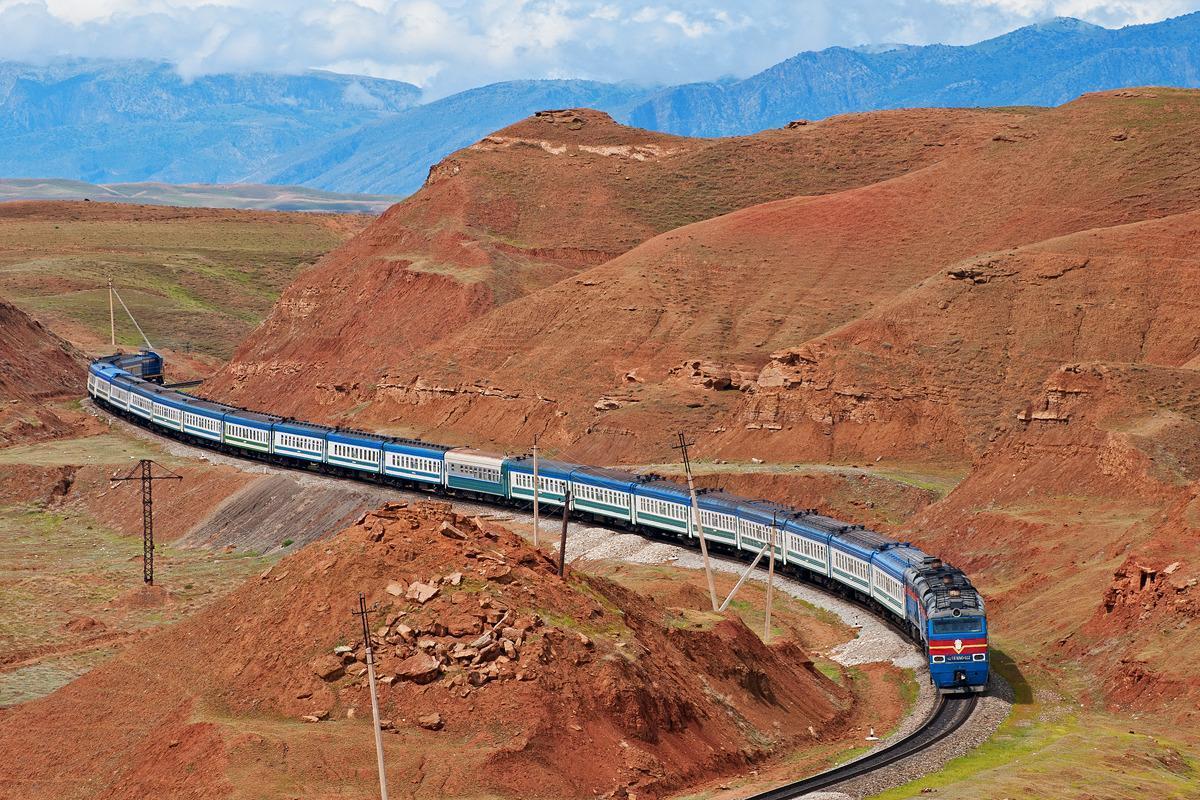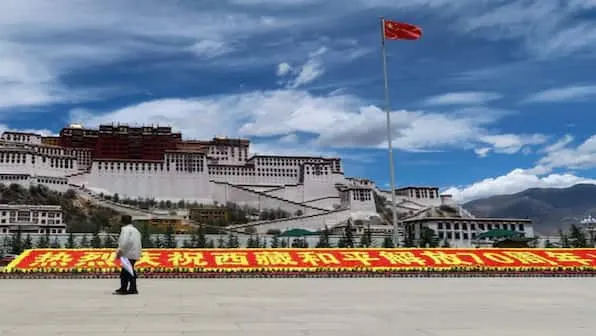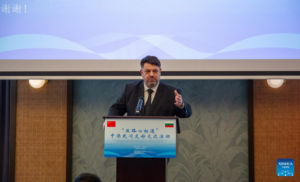Complexities and Challenges of the China-Kyrgyzstan-Uzbekistan Railway Project
In the heart of Central Asia, an ambitious railway project promises to reshape the region’s economic landscape and redefine geopolitical alignments. The China-Kyrgyzstan-Uzbekistan (CKU) railway, a proposed 500-kilometer link between Kashgar in China’s Xinjiang Uyghur Autonomous Region and Andijan in Uzbekistan, has captured the imagination of policymakers and economists alike. However, beneath the veneer of progress and cooperation lies a complex web of challenges that threaten to derail this grand vision of trans-Eurasian connectivity. On June 6, 2024, amid much fanfare, the governments of China, Kyrgyzstan, and Uzbekistan signed an intergovernmental agreement to construct the CKU railway. The virtual ceremony, attended by Chinese President Xi Jinping, Uzbek President Shavkat Mirziyoyev, and Kyrgyz President Sadyr Japarov, projected an image of unity and shared purpose. President Xi, in particular, emphasized the project’s strategic importance, framing it as a cornerstone of China’s Belt and Road Initiative (BRI) in Central Asia.
Yet, the CKU railway’s history is one of false starts and dashed hopes. First proposed in 1997, nearly two decades before the BRI’s inception, the project has languished in a state of perpetual planning. Financial constraints, technical hurdles, and geopolitical complexities have conspired to keep the railway line firmly in the realm of aspiration rather than reality. The recent revival of interest, spurred by the geopolitical upheavals following the Ukraine conflict, raises questions about whether this renewed push is driven by sound economic reasoning or geopolitical desperation. The financial burden of the CKU railway is staggering. The potential for Kyrgyzstan to become overly indebted to China, echoing scenarios seen in other BRI projects globally, cannot be overlooked.
Technical challenges compound the financial hurdles. The proposed route through southern Kyrgyzstan necessitates the construction of at least 50 tunnels and 90 bridges through some of the country’s highest mountain ranges. This not only inflates costs but also introduces significant engineering complexities and potential delays. Moreover, the disparity in rail gauge widths between China (1435 mm) and the Central Asian countries (1520 mm) requires the construction of specialized loading and unloading stations, further increasing operational costs and reducing efficiency. Proponents of the CKU railway paint a rosy picture of its economic potential. Projections suggest an annual cargo transport capacity of 13 million tons by 2050, with Uzbekistan and Kyrgyzstan potentially earning $150-200 million annually in transit fees. The railway promises to reduce freight transit time from China to Europe by seven days, offering a compelling alternative to existing routes. However, these projections may be overly optimistic, failing to account for the dynamic nature of global trade patterns and the emergence of competing transit corridors.
Indeed, the CKU railway faces stiff competition from existing and proposed alternative routes. The Middle Corridor, also known as the Trans-Caspian International Transport Route, already offers a China-Europe connection that bypasses Russia, traversing Kazakhstan, the Caspian Sea, the Caucasus, and Turkey. Additionally, discussions are underway for a Belarus-Russia-Kazakhstan-Uzbekistan-Afghanistan-Pakistan transport corridor, which could provide yet another option for regional connectivity. In this crowded landscape of transit routes, the CKU railway’s unique value proposition becomes less clear. The geopolitical implications of the CKU railway are perhaps the most significant factor casting doubt on its feasibility. Recent reports suggest that China’s enthusiasm for the project may be waning. In November 2023, Kyrgyz President Japarov expressed disappointment over China’s apparent loss of interest, hinting at shifting geopolitical alliances as a key obstacle. This change in Beijing’s stance likely reflects a broader reassessment of its strategic priorities in the region.
China’s hesitation may stem from a desire to avoid disrupting its relationships with Russia and Kazakhstan, two key partners in its Central Asian strategy. Both Moscow and Astana have benefited from their central role in existing transit routes, and the realization of the CKU railway could potentially divert significant trade flows away from their territories. This alignment of interests between Russia and Kazakhstan creates a formidable obstacle to the CKU railway’s progress, as neither country is likely to welcome a project that could undermine their economic and strategic position in the region. The project’s uncertain future is further complicated by ongoing disagreements among the participating countries. The route of the railway has been a particular point of contention. While China and Uzbekistan favor a southern route for its efficiency in connecting to European and Middle Eastern markets, Kyrgyzstan has long advocated for a northern route that would better serve its domestic economic interests by connecting the country’s north and south. Although Bishkek has shown signs of compromise in recent discussions, these conflicting priorities highlight the challenges in aligning the goals of all stakeholders.
The broader implications for Central Asia’s infrastructure development are significant. The region’s emerging transport networks have the potential to reshape connections not only within Central Asia but also with major markets in Europe and Asia. Uzbekistan’s failure to integrate into these networks could marginalize it from major regional projects and diminish its influence in regional policy-making and development initiatives. In the longer term, this could result in a shift in the balance of power within Central Asia, potentially favoring countries that successfully position themselves as key transit hubs. Moreover, the CKU railway project serves as a litmus test for the effectiveness of China’s BRI in Central Asia. The initiative’s ability to deliver tangible benefits to participating countries while navigating complex regional dynamics is under scrutiny. The project’s success or failure could have far-reaching consequences for China’s soft power and economic influence in the region.
While the CKU railway project continues to capture headlines and political attention, its path to realization remains fraught with obstacles. The combination of astronomical costs, technical challenges, geopolitical complications, and conflicting national interests creates a perfect storm of unfeasibility. The project serves as a cautionary tale about the perils of mega-projects in complex geopolitical environments, underscoring the need for realistic assessments of economic viability, careful consideration of regional dynamics, and flexible approaches to infrastructure development. As the CKU railway saga continues to unfold, it will be crucial for all parties involved to reassess their priorities and explore alternative strategies for enhancing regional connectivity and economic cooperation. The dream of a new Silk Road connecting East and West remains alluring, but the realities of 21st-century geopolitics and economics demand a more nuanced and pragmatic approach. The future of Central Asian development may well depend on the ability of regional leaders to navigate these complex waters and forge paths to prosperity that are both ambitious and achievable.












